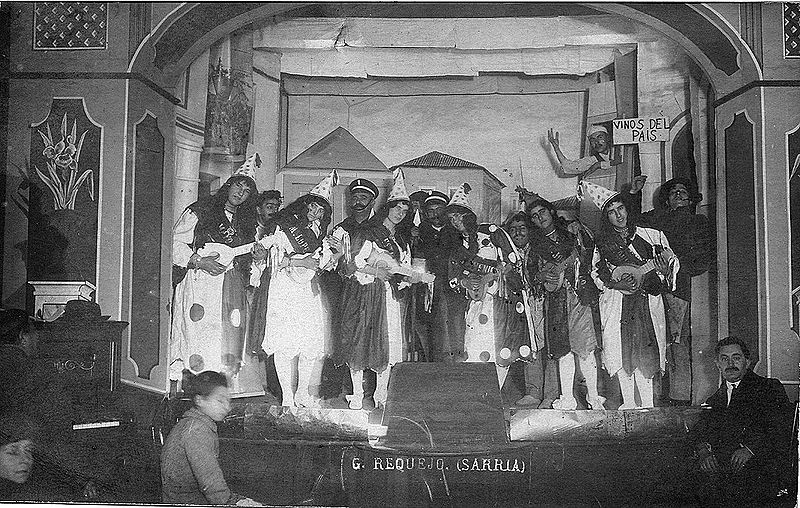Theater and Film

This is in response to the following blog post about plays and films/TV shows:
http://complicationsensue.blogspot.com/2008/03/zarathustra-said-some-things-no.html
(You can also see there later comments by the blog author and my stage director friend Montica Pes.)
Hi.
I think you're misrepresenting what theater has going for it over film a bit, which you say is "essentially, the ritual of the actors being in the same space."
One thing that theater does really well is deal with symbolism and ambiguity. This difference with film can be clearly seen when plays are adapted to movies.
For example, the play Equus, the main character stabs horses in the eyes. The blood rom the eyes can represented with streams of fabric; the horses can be shiny metal horse heads. This does not work on film, because of the audience's expectations of realism. Having actual horses and actual blood makes the scene more about gore and emphasizes less the ritualistic aspect of it. I'm not saying film can't find this meaning in other ways, but it has a hard time doing it in this way.
Very few films try to do what theater does in this way-- "Dogville" is one example. And it's so weird to see it on film, but it would not have been at all weird in a play.
I think this is the reason that the diagetic/non-diagetic concept is basically absent in theater. There's too much symbolism, which walks the border between them.
Of course there is symbolism in film, television, and in novels, but it's of a different kind. The sword in a film might symbolize ambition, for example. That's easy to do in film. But in a play, you can have a broom represent a sword, or a wheelchair represent a car, or a two actors holding hands represent a door to a saloon, a piece of masking tape can be the horizon. These choices have effects on the meaning of these things in the mind of the audience. You can get these beautiful, subtle flavors of meaning.
As a playwright, I try to ask myself "why does this need to be a play?" If it's better as a book, or a screenplay, or a painting, then I'll try to do that.
I think there is no better demonstration of the differences than Julie Taymor's DVD commentary on "Titus," which she adapted from a her stage version of the same script. You hear her say "well, we did this in the play, but that wouldn't work in a movie, so we..." Fascinating!
JimDavies
jim@jimdavies.org

Comments